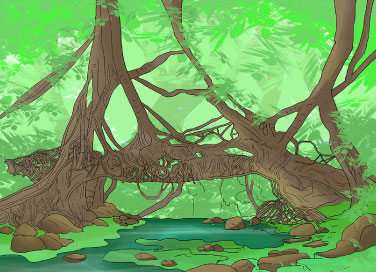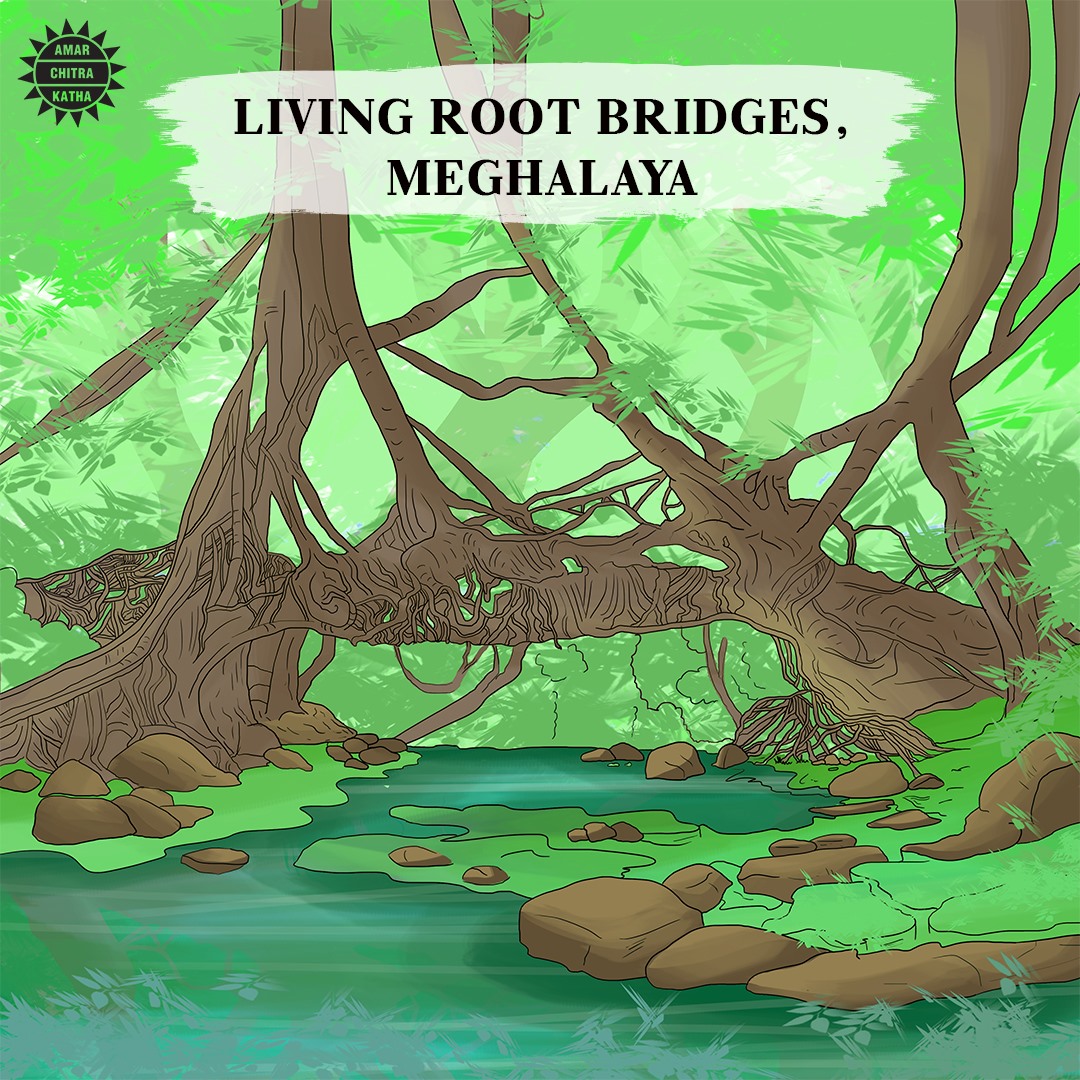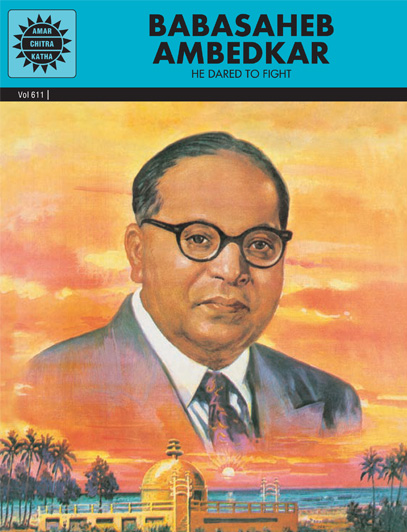Meghalaya’s Living Bridges
- June 23, 2020


Meghalaya’s Living Bridges
- June 23, 2020
We are all aware that biological diversity is an asset to a secure future for generations. International Day for Biological Diversity is celebrated on May 22 every year to increase awareness and educate the public about the rapidly decreasing and disappearing species and their importance in biological diversity. The United Nations chose “Our solutions are in nature” as the theme for 2020.
“This slogan emphasizes hope, solidarity and the importance of working together at all levels to build a future of life in harmony with nature.”
The United Nations
While there are but a few well-executed examples of this slogan in the real world, one of the best models of this would be the living root bridges of North East India.
To receive more such stories in your Inbox & WhatsApp, Please share your Email and Mobile number.

The village of Mawsynram and the town of Cherrapunji in Meghalaya are the wettest places on earth, holding world records for the highest annual rainfall received. Heavy floods would often leave the Khasi and Jaintia tribes stranded in their homes. They tried building bamboo bridges but those couldn’t withhold the constant flooding. When man-made tools failed, the tribals turned to nature to find a solution, making use of the Indian rubber tree’s aerial roots to build sturdy bridges.
This living, breathing, engineering marvel is the result of a lot of patience. One living root bridge is a result of 10 to 30 years of careful cultivation.
It is not easy but the solutions are there in nature if only we look out for it. The sooner we look out, the better.
To receive more such stories in your Inbox & WhatsApp, Please share your Email and Mobile number.

Comic of The Month
Babasaheb Ambedkar
He was from a respectable family, well-educated and a lawyer, yet many Indians thought of him as ‘untouchable’. It was up to BR Ambedkar to teach his ‘depressed’ community to fight the injustices that it faced each day. Hard working and wise, he became the icon of the underprivileged. History, however, will remember him as the architect of India’s Constitution.